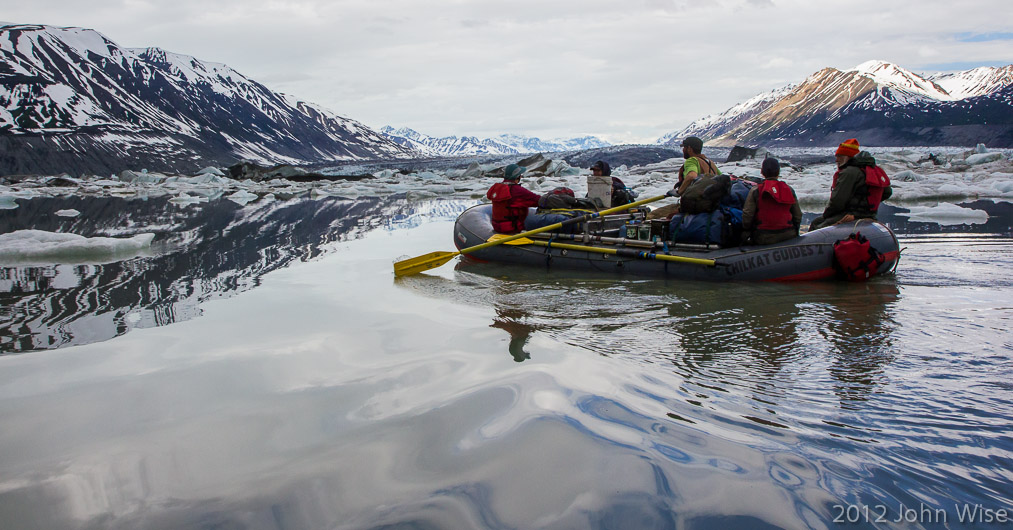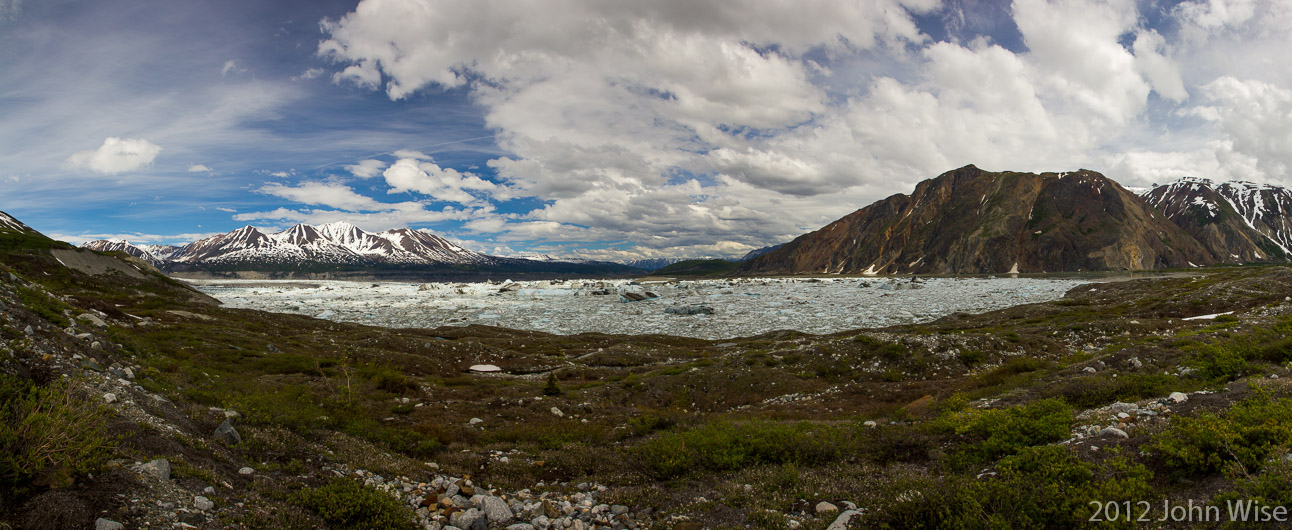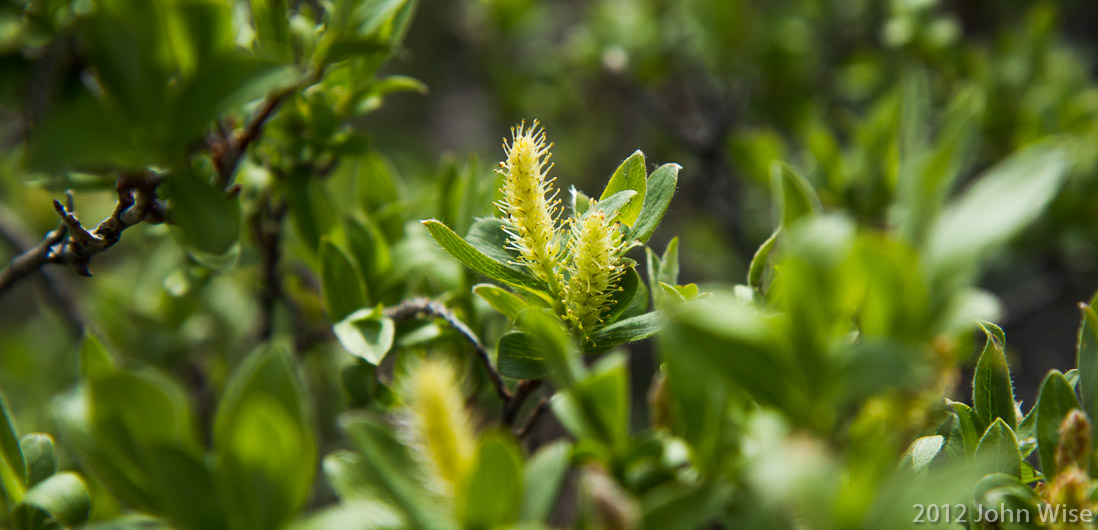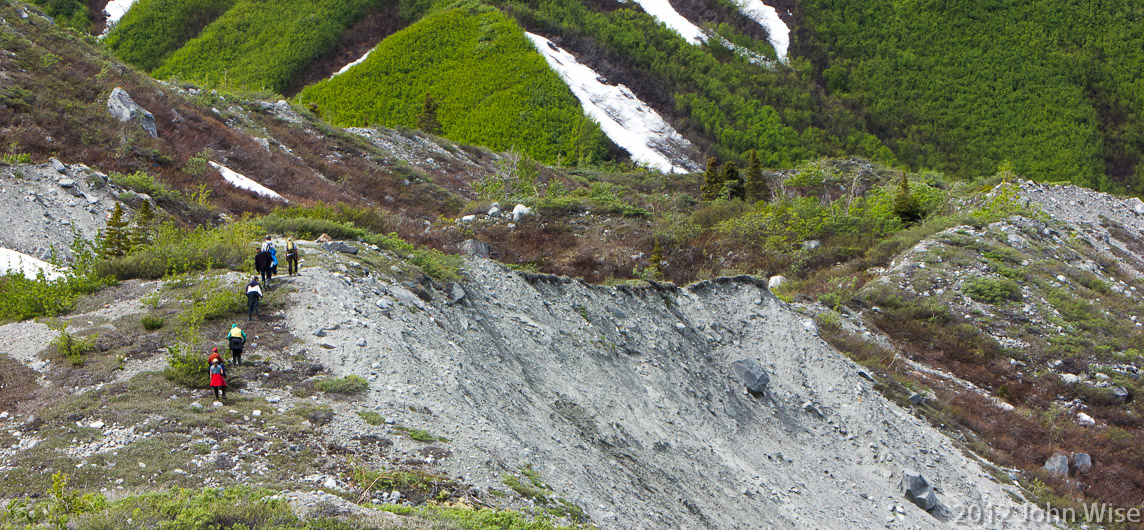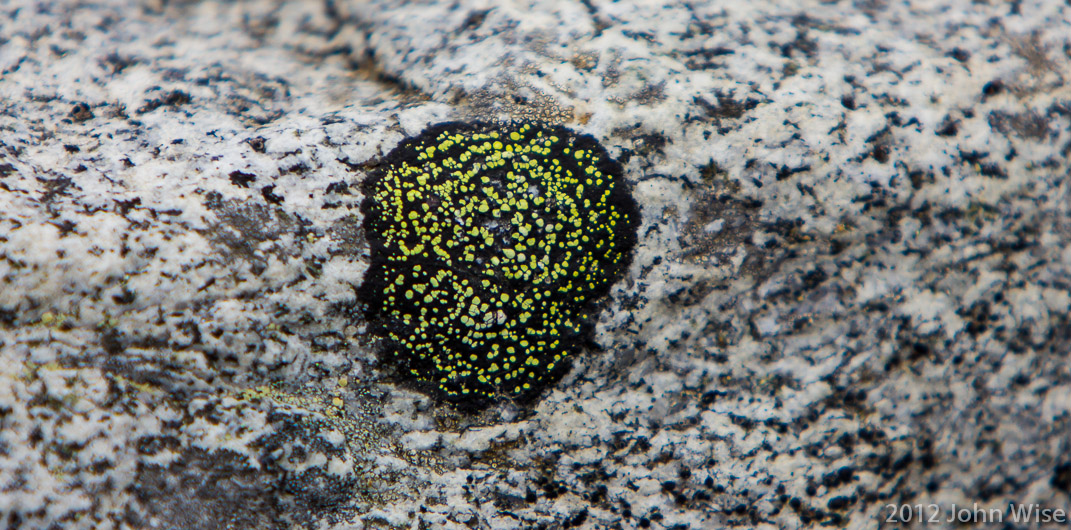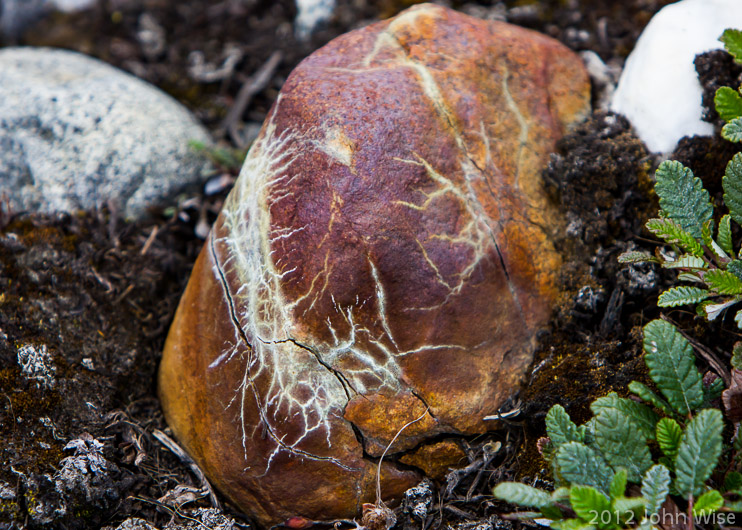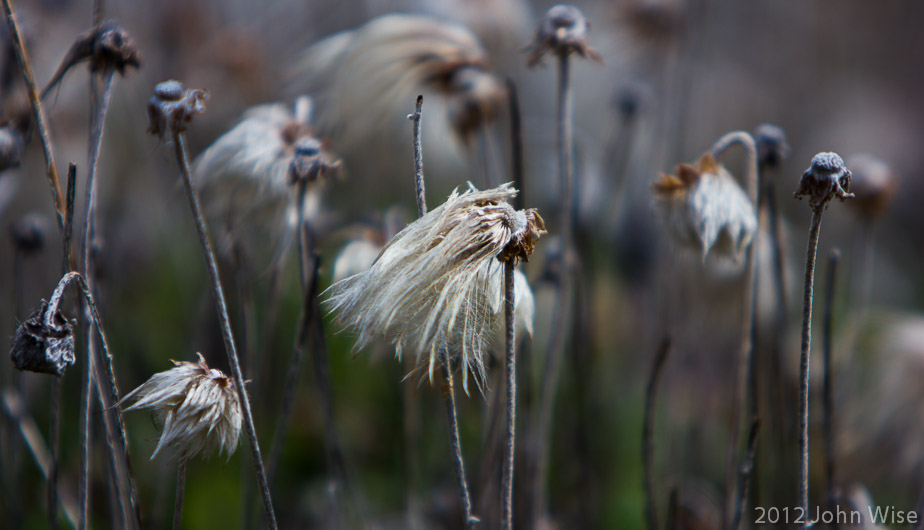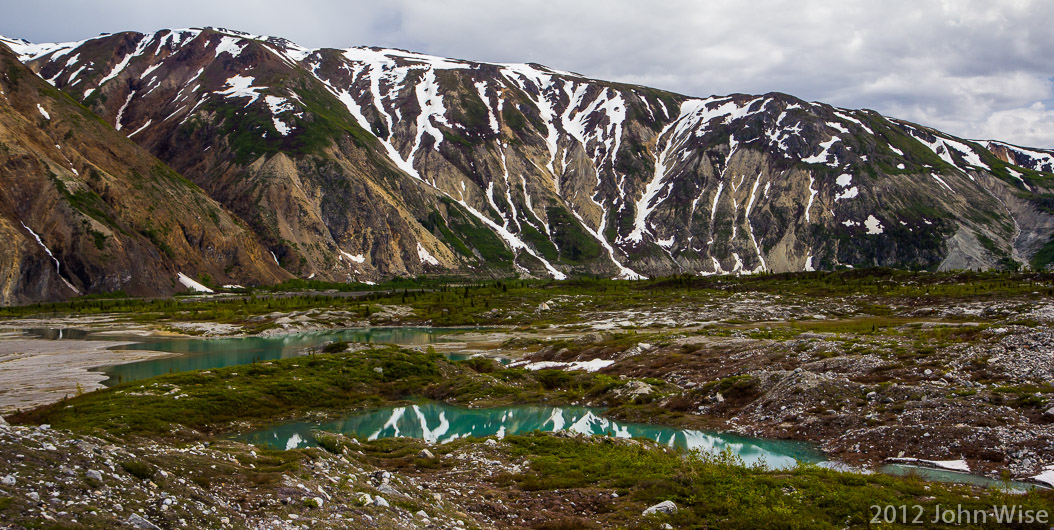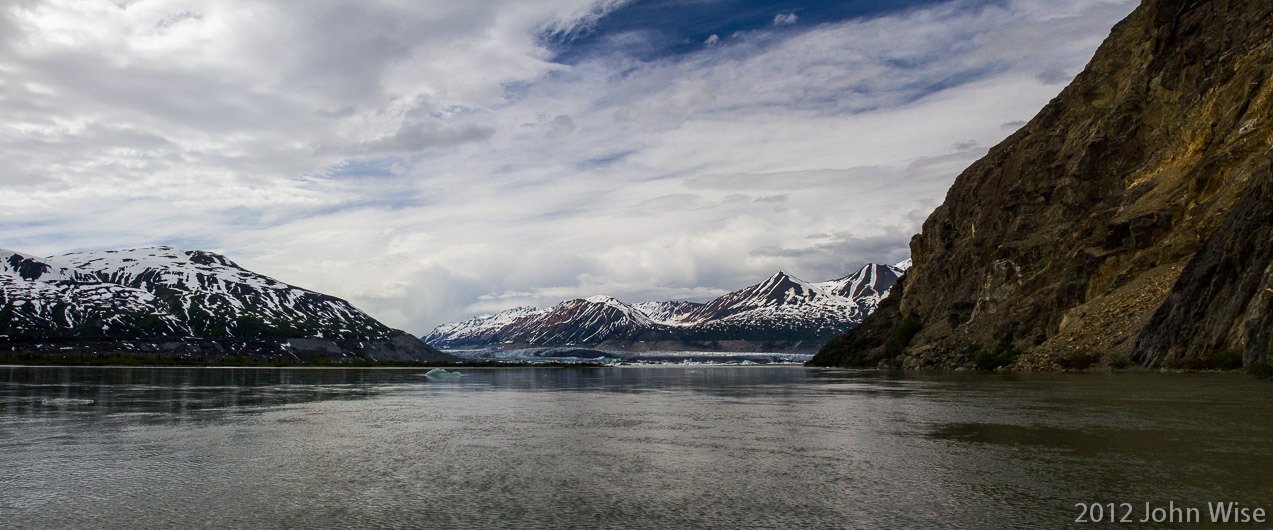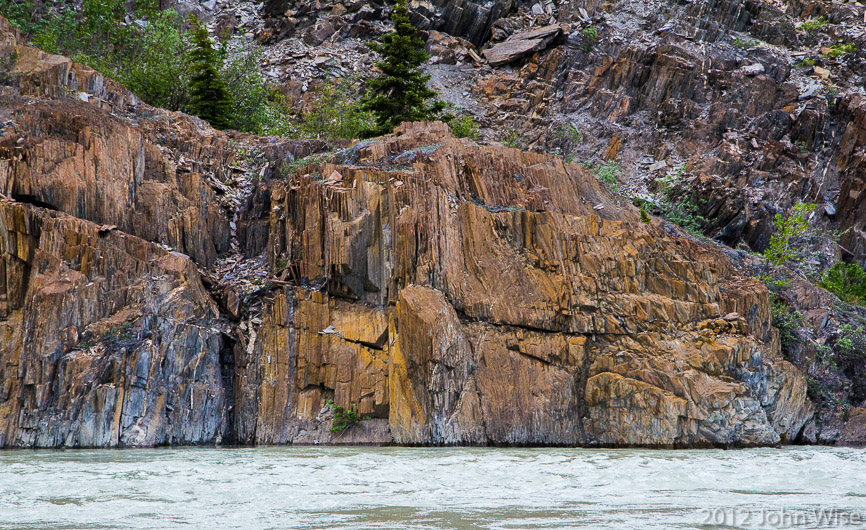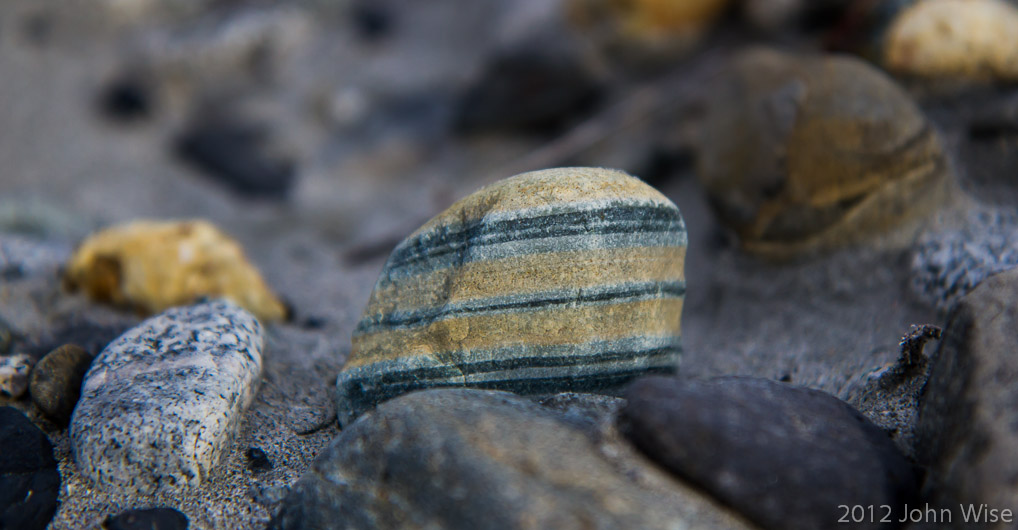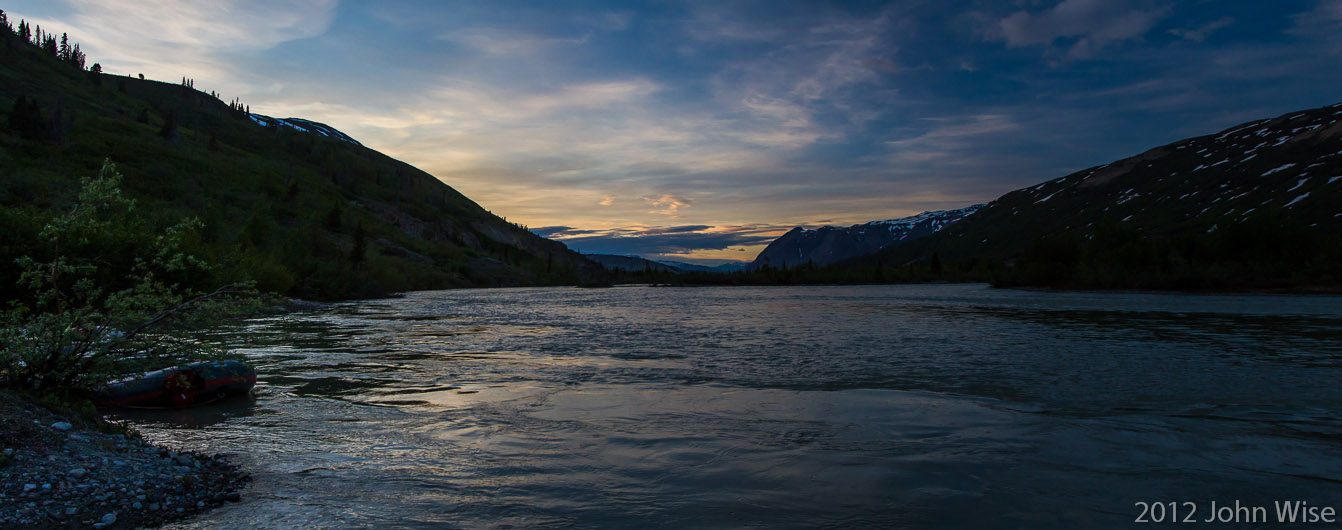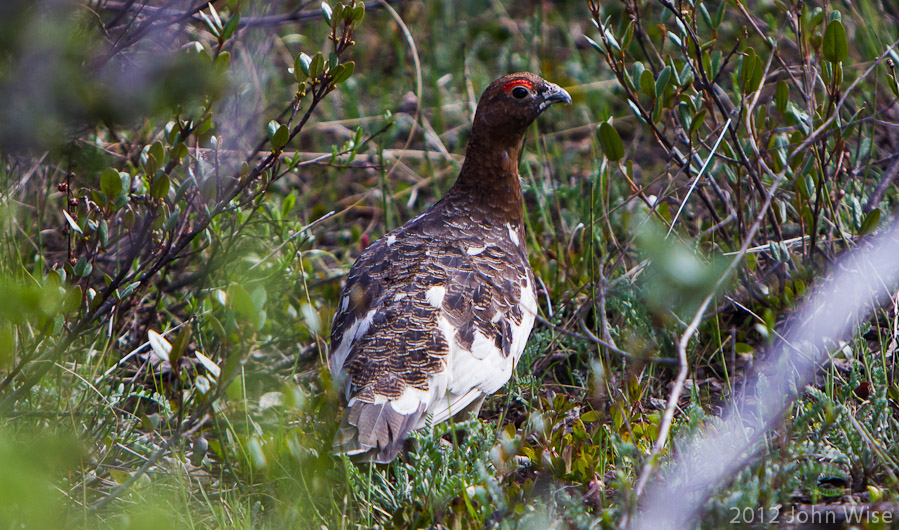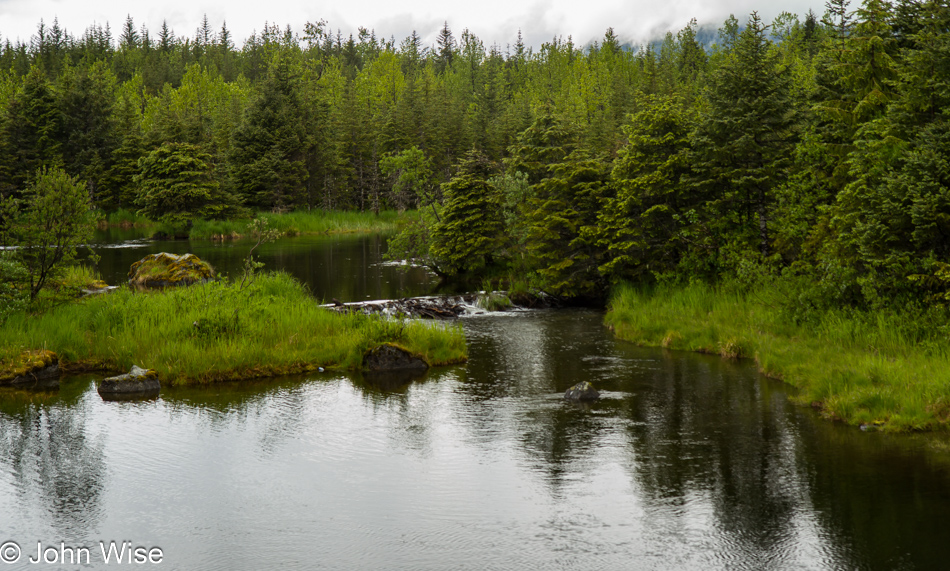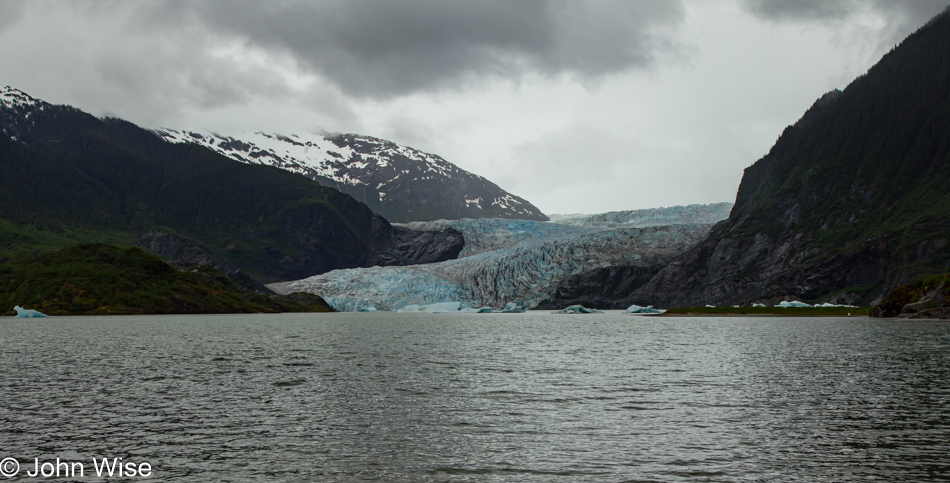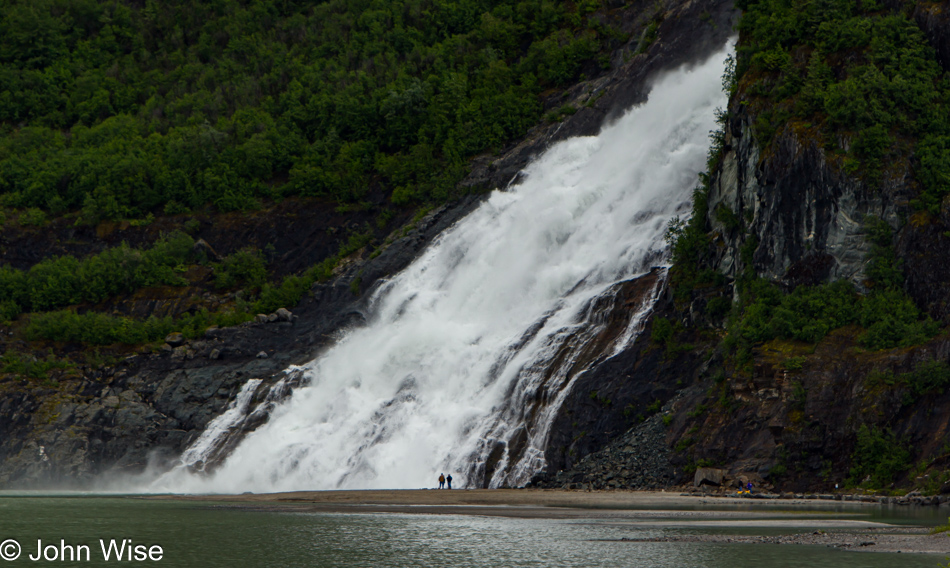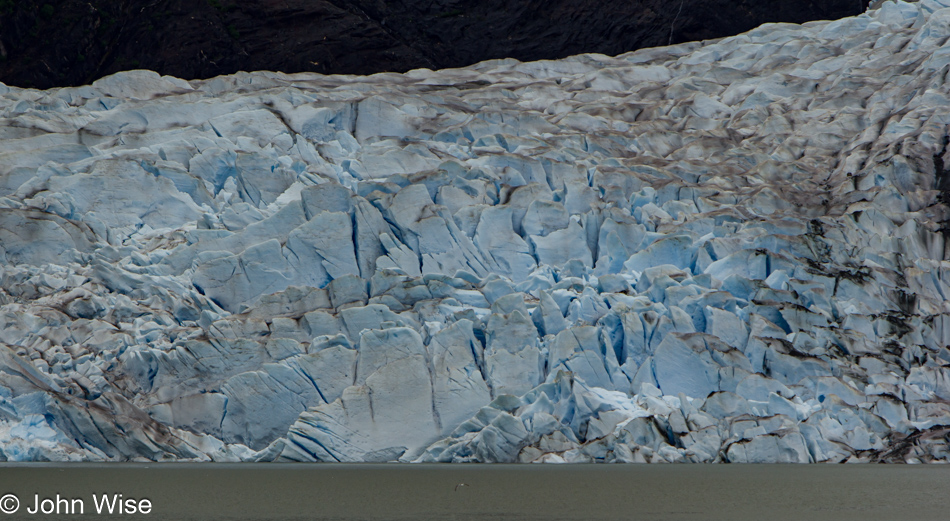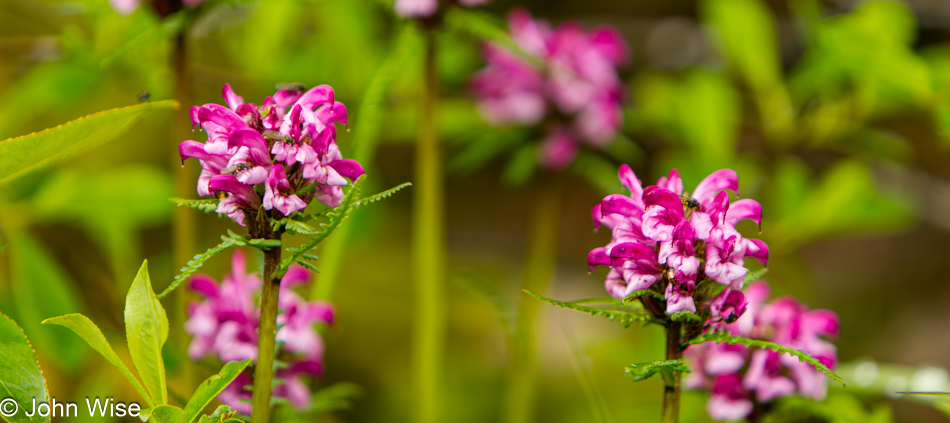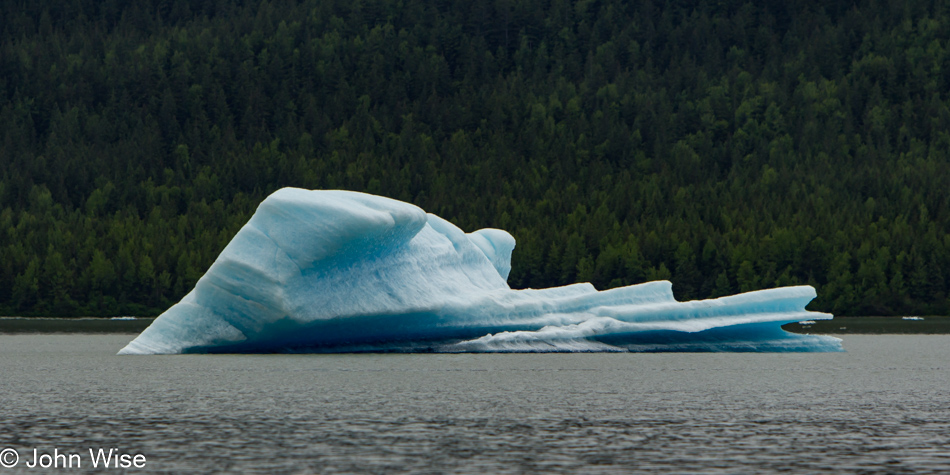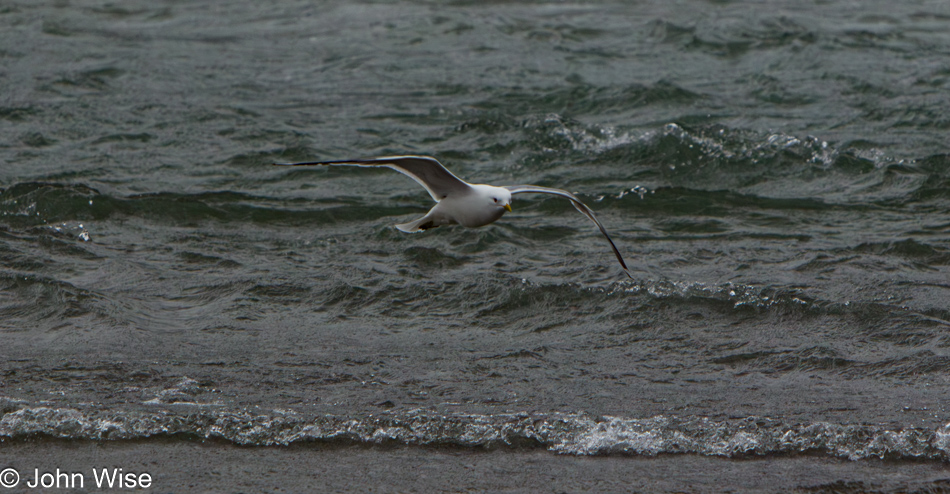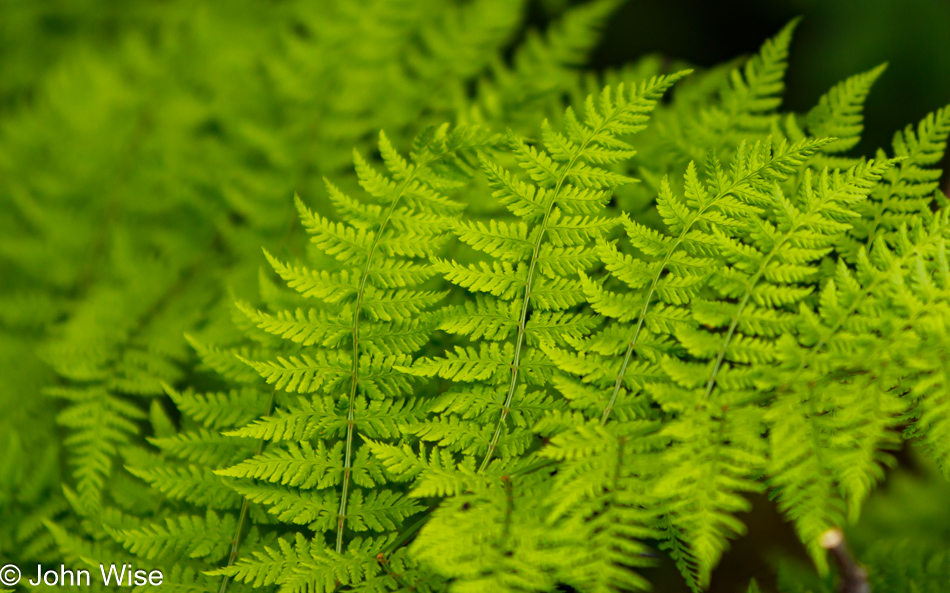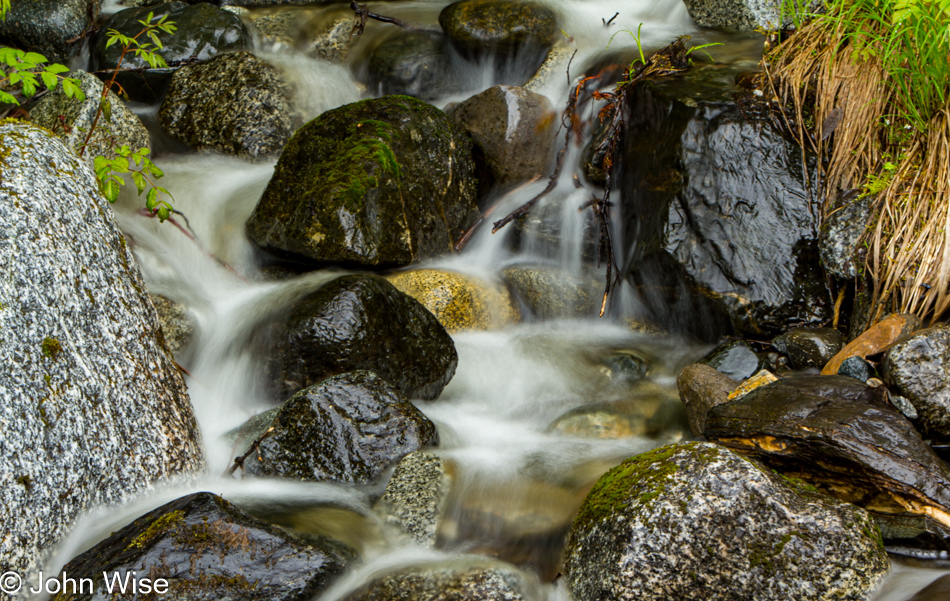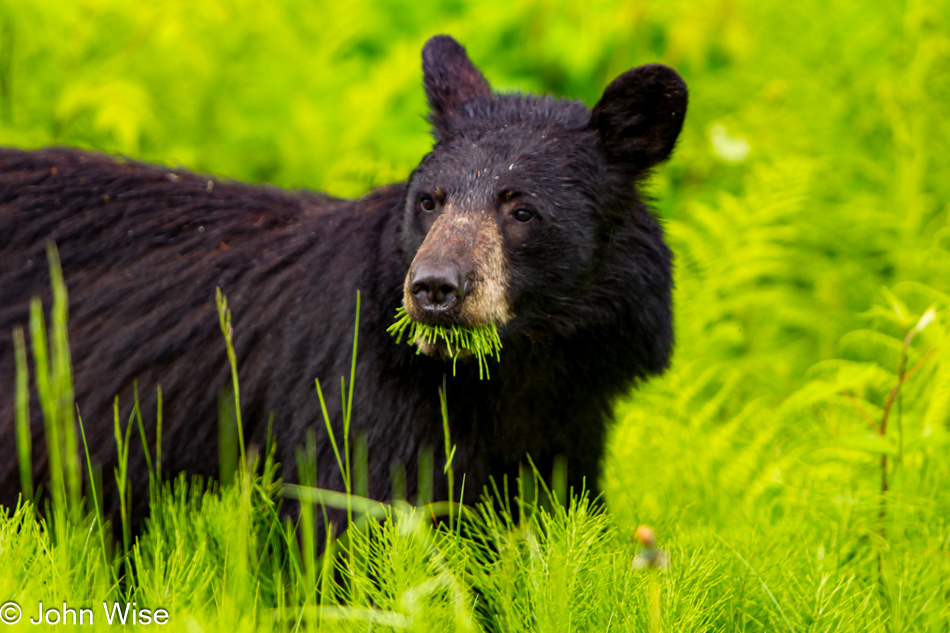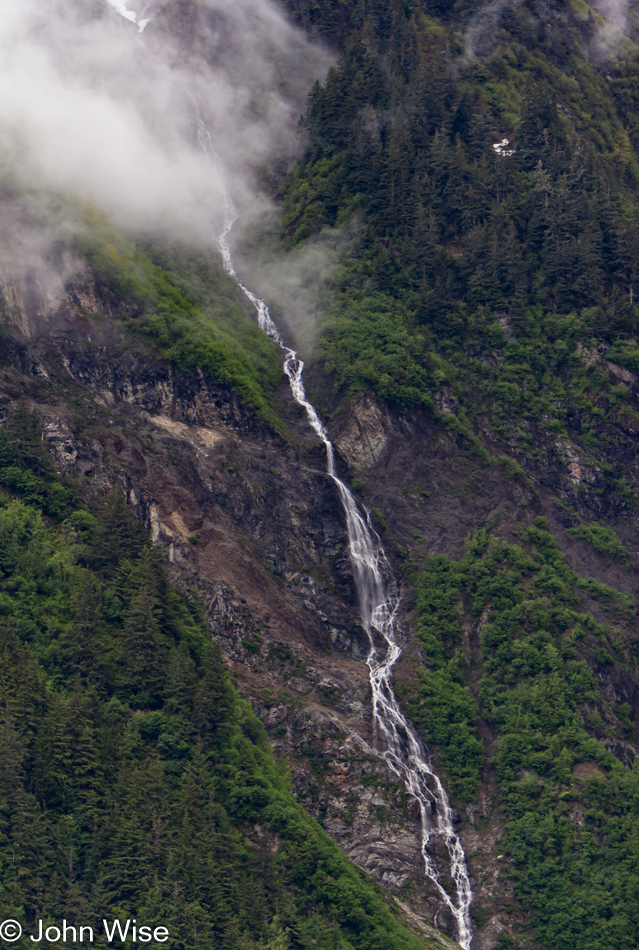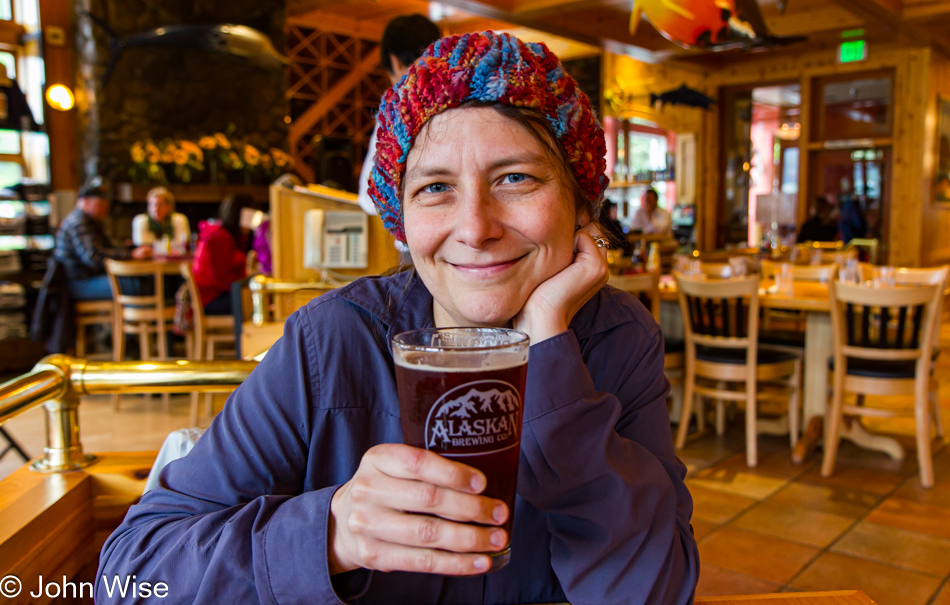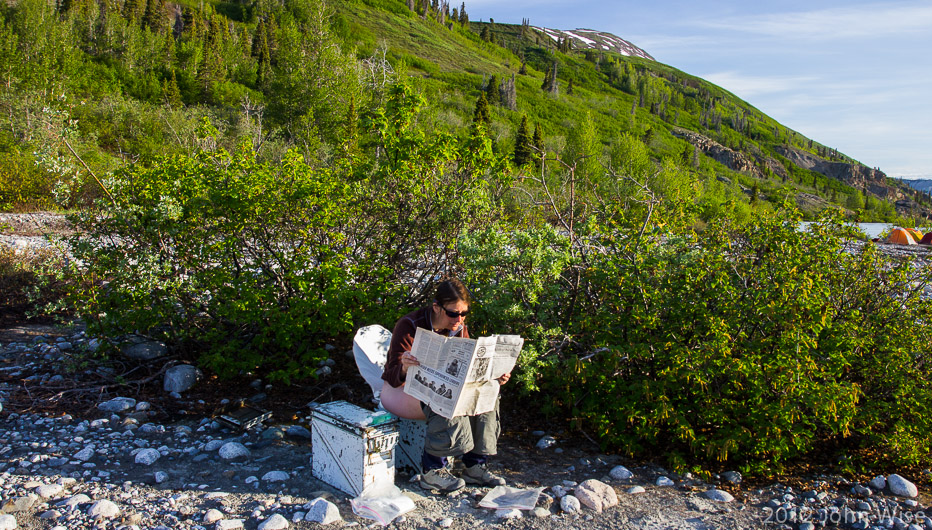
Reading the Chilkat Valley News out in the wild is a solo experience, the only real negative being that you have to read the same edition every day. This lone paper was our reading material while visiting the facilities; the only delivery in these parts is via helicopter. Your next question might be, so what does the local paper have to tell us we may not already know? Well, for starters, there was a recent explosion of dandelions. Nursery owner Toni Smith of Haines said of the problem, “It’s horrendous.” Vinegar seems to be the all-natural weed killer in these parts. In other big news, the end of a three-year study came to a conclusion with results showing that 7.1 million eulachons, a smelt-like fish, had returned to the Chilkoot River. The study was administered by the Takshanuk Watershed Council for the Chilkoot Indian Association. Apparently, this was great news for the locals as eulachon are known as, “Tlingit penicillin,” and it’s not every fish in the wild that gets that honor. As for the other part of the photo featuring my wife, tell me some of you weren’t curious as to where this was taken care of when on a whitewater rafting trip.
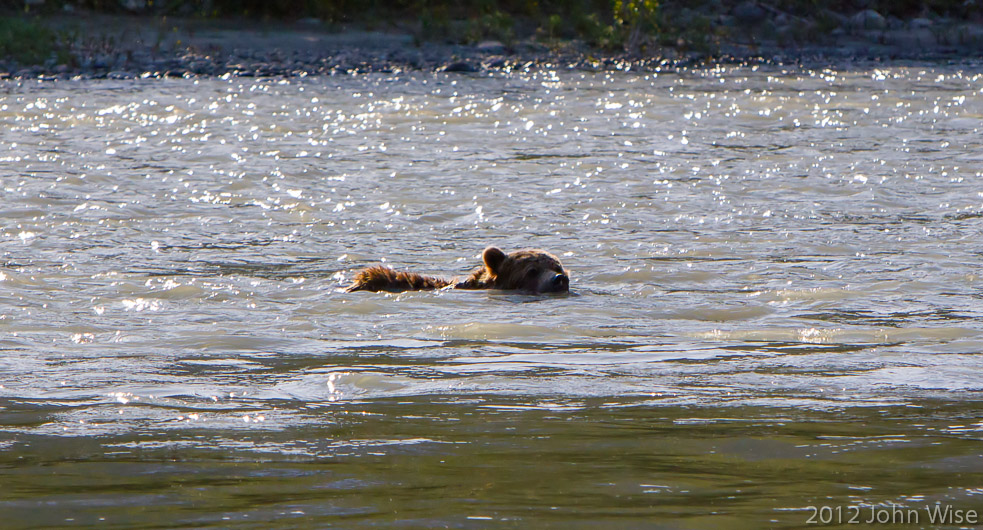
When the previous photo was taken, we had already been awake for an hour and were the only ones wandering about. After Caroline finished her business we walked over towards the kitchen to start the fire with hopes our camp would start to shake itself awake and we could get our first cup of coffee. As I got the fire going, I thought I heard something on my left. I looked over to see a log floating in the distance. There, I heard it again! This time, I saw that the “something” was not a log; it was a snorting grizzly bear swimming directly toward Caroline and me. Mesmerized and for a moment uncertain about which way to go or how much noise to start making, we hesitated. At that time, I could see that the bear was going to be picked up by the current and would not be able to make it directly to our shore. As the Grizz was jettisoned downstream, some of the others in our group started emerging from their tents. Caroline stealthily went over to tell them to peer into the river. On my right, Bruce and Shaun also were moving about. I got their attention as quietly as I could and gave them the signal that a bear was nearby. No, the signal is not one of turning around and pointing to my backside, suggesting I had done in my pants what Caroline did in the can. The guys asked in hushed tones, “Where did you see it?” It is in the river on the other side of the tents.
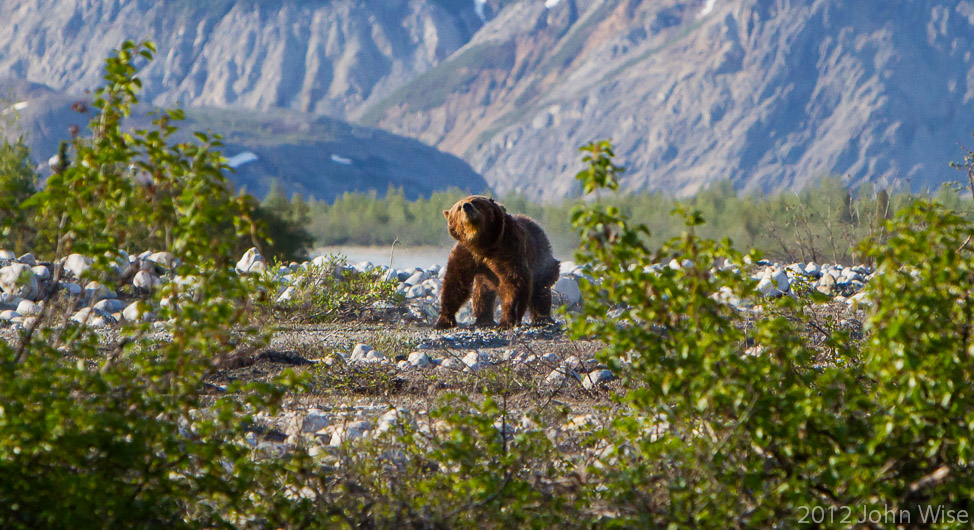
We waited for what felt like minutes. And then there he was, about 50 yards from camp and too close for comfort, but we remained quiet. He lumbered up the beach, paying no attention to us until he reached the area adjacent to our toilet, where Caroline had been sitting less than 45 minutes earlier! It is just on the other side of these bushes that today’s first photo was taken. This big old bear then started to shake the water from his coat. Talk about a moment of Wow! And fear. Fear because there were still some campers in their tents between the bear and us who were watching his moves trying to decide if we needed to start making serious noise. He sniffed around, turned, and continued on his way into a side canyon. Okay, now I’m ready for my Wheaties.
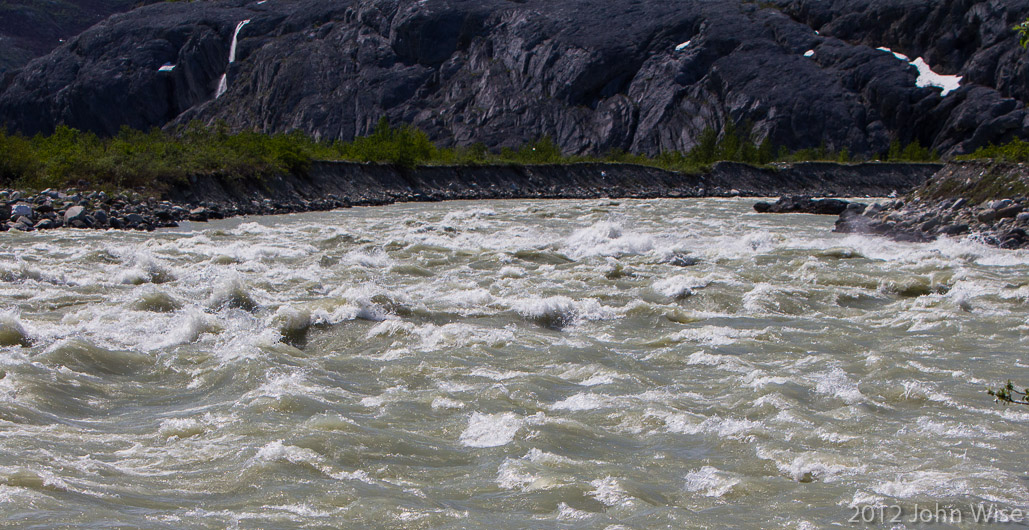
After breaking camp, we had a relatively short ride down the river to a pullout where the boatmen needed to scout our next dangerous move: Lava North. Named after the mother of gnarly rapids, Lava Falls in the Grand Canyon, this churn of ice water is not for the timid. After much deliberation and finger-pointing, the boatmen apparently have a bead on which track we’ll be traveling as they round us up to head back to the rafts. Once there, it is time to suit up. Packed away in one of the rafts was a bag of dry suits, each one tagged with a passenger’s name. We are warned to be gentle with these fragile life-savers; if they tear, they won’t seal, and that will not be good should we find ourselves in the tumult. The guides are serious about putting these on right, serious that we pay attention to, and serious when they say this rapid can kill, and it has. We struggle to get our limbs through tight fittings, but after some rolling around and grunting, we are finally suited up and ready to conquer Lava North.
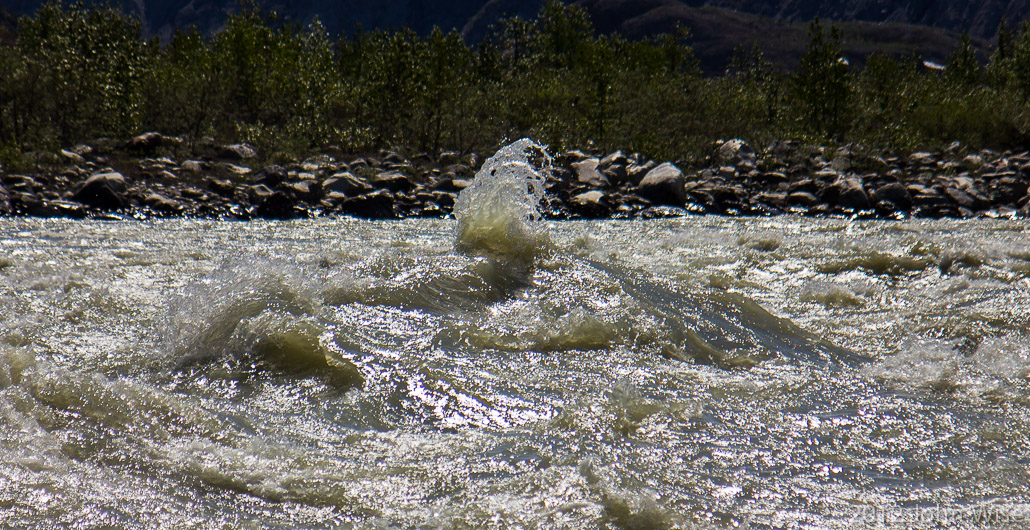
I would love to share photos with you taken while in the rapid, but that can’t happen because we were holding on for dear life as we skirted the Monster Hole and slid by the Haystack Wave on a path that took us straight down the middle of Lava North. The tension was high as Shaun had the lead position; he made it through without a hitch. Next up was Martha, right on track as she safely guided her raft and passengers to the other side of this beast. We are last with Bruce, the cleanup crew now with nothing to do but pass over Lava as safely as the others before us. The river is pumping, and we are racing full bore ahead. We are going so fast that the markers I spotted while onshore as the boatmen were scouting are not able to be seen. The scale of our environment overwhelms the senses until we are pressed deep into reality. The reality of being so very small on such very large water. What looked almost quaint from above now looks incomprehensible from down here. Bruce hollers, “Did you see that hole?” Har, it wasn’t a hole; it was the pit of doom. When we passed that Monster Hole, it looked as though the river dropped over six feet and nearly disappeared before the water crawled up the other side to lose momentum and crash back onto itself. I’m sure that hole is a great place to get a raft stuck as it violently flips and flops to disgorge itself of passengers and contents before spitting out the shreds of what had been a raft. And then, before we know it, we are on the other side of Lava North, and the water is starting to calm. Phew!
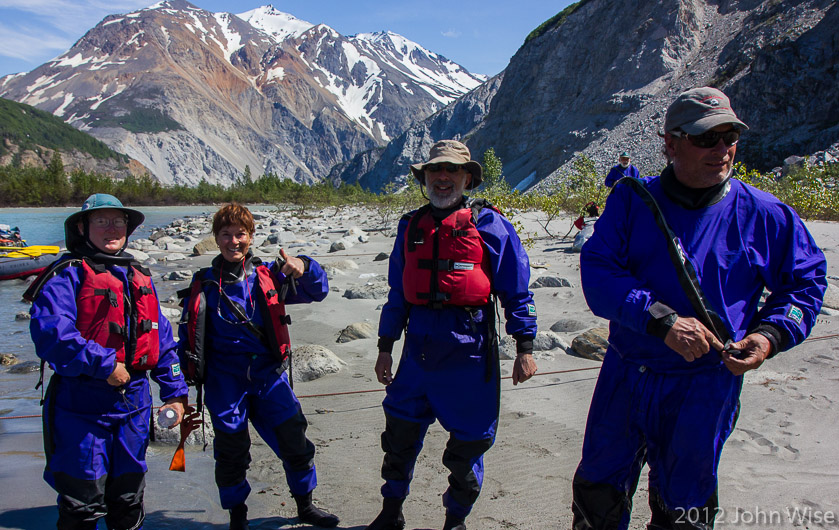
Drysuits get hot in the sun, and when they do, they inflate. Every so often, we had to break the neck seal to allow the hot air to escape. By the time we get far enough downriver to pull over for lunch and get out of the rubber gear, we are close to overheating. The boatmen encourage us to enjoy the protection the dry suits offer and to immerse ourselves in the river. We all do. Then, the adventurous are shown a place on the tributary we have paddled up to where they can easily enter the river and float downstream through some fast-moving water. I pass, certain I’d miss the pullout, and enter the Alsek, never to be seen again.
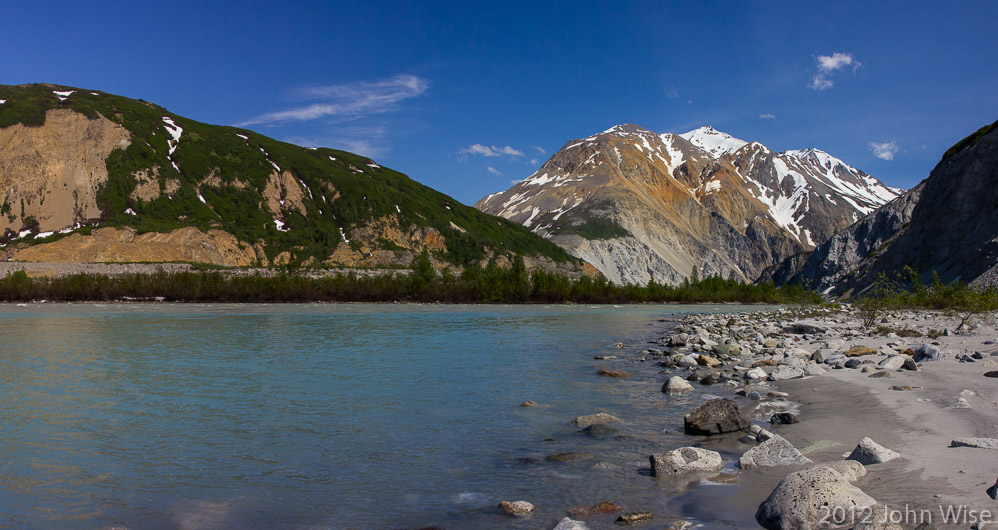
The unobstructed view of our mid-day sojourn off the Alsek River. We’ll spend a couple of hours here just chilling out, enjoying the perfect day, happy that we weren’t eaten by the bear or Lava North.
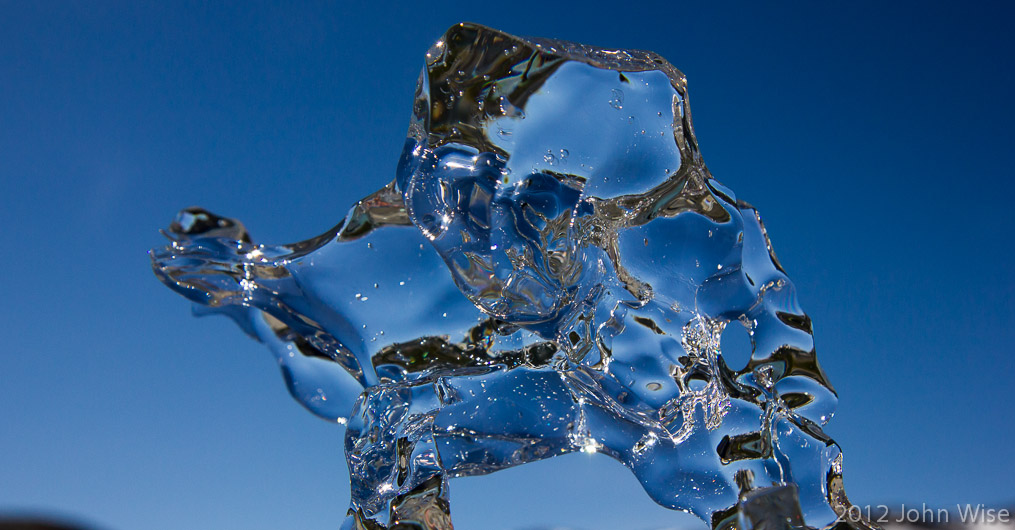
After lunch, some of the others napped while Caroline and I explored; this is a little something she found. Glacial ice that had been floating downstream. To the best of our map reading ability, it appears that the tributary we have stopped at is a flow coming from Fisher Glacier that is north of us and out of sight. The real beauty found in these sculptures is lost in the photograph. They are difficult to find the perfect angle to show you, they are even more of a problem to hold with already cold hands. Looking like glass art, there is the inclination to want to stroke its sensuous curves and soft features until the freezing ice starts to do the same to your hands, and a dull ache sets in.
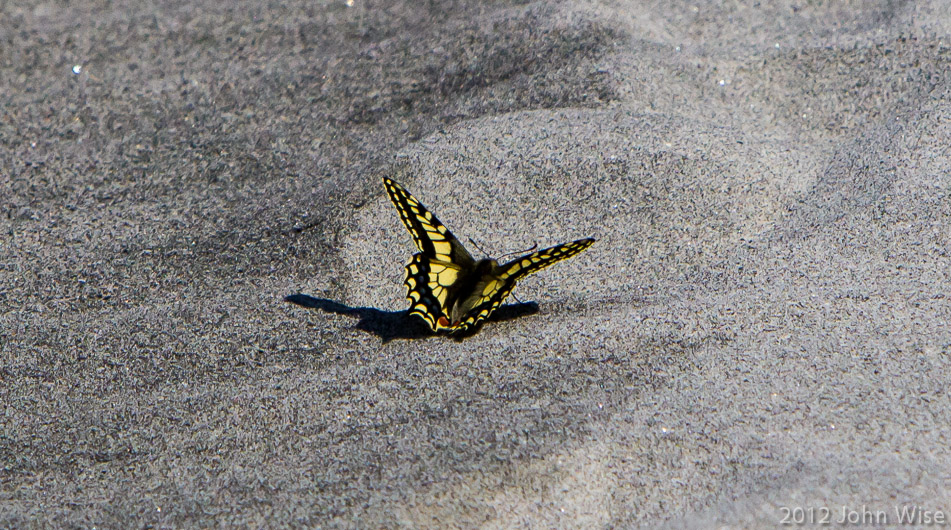
A swallowtail takes a break from pollination duties, landing long enough for me to get one almost reasonable photo. A few minutes earlier a skittish ptarmigan was moving about, but he was having nothing to do with a busy guy trying to snap pictures of everything that moved and didn’t move.
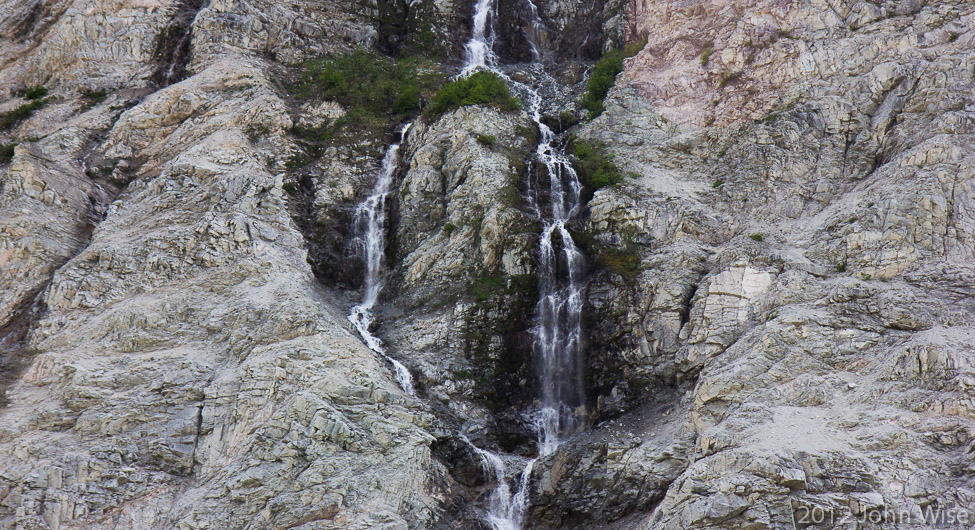
Our afternoon break is nearly over; the tables that had been brought out for lunch are being put away. We sweep the beach to ensure we are not leaving anything behind. This is especially important where wildlife is concerned as if bears identify locations as being good foraging areas and then equate humans with those food sources, all of a sudden that bear gets a case of the smarts putting two-and-two together and us in danger. Scoured and clean, boats packed, passengers and boatmen ready to get on board, we push off. Our campsite is not too far away, just some miles downriver near the foot of the mountain seen four photos above. Feeling refreshed and energized by our encounters with the cold water earlier, Caroline and I opt not to put on our waterproof layer or the rubber gear for the rest of the river day. Instead, we are in shorts and shirts and ready for whatever water might come our way.
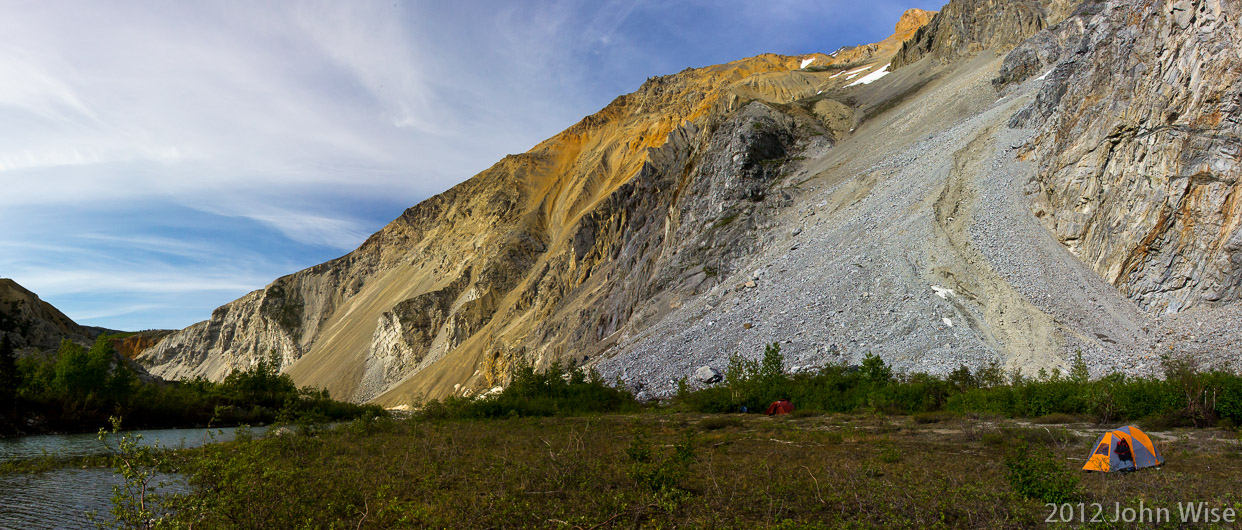
We were good up until the turn in the river when the shadows bore down on us. Oh, it was easy out in the sun; after being splashed by the small rapids, we warmed quickly. Bruce warned us that we had one more large set of rapids yet to deal with and thought we might want to throw on our rubber gear; he was right. Good thing, too, because that water came right up and over with some mighty splashing action. Also, on the way to camp, we stopped next to a gravel bank and collected firewood. Shaun has rafted this river more than any other in his career and has a pretty good read on what we’ll find as we move downriver. He thought we’d have trouble collecting enough wood at Blue Lagoon, our home for the night. He was right about the lack of driftwood; he was also right in choosing our campsite. If you look at that golden yellow mountainside, you should be able to recognize it as the mountain we were looking at during lunch.
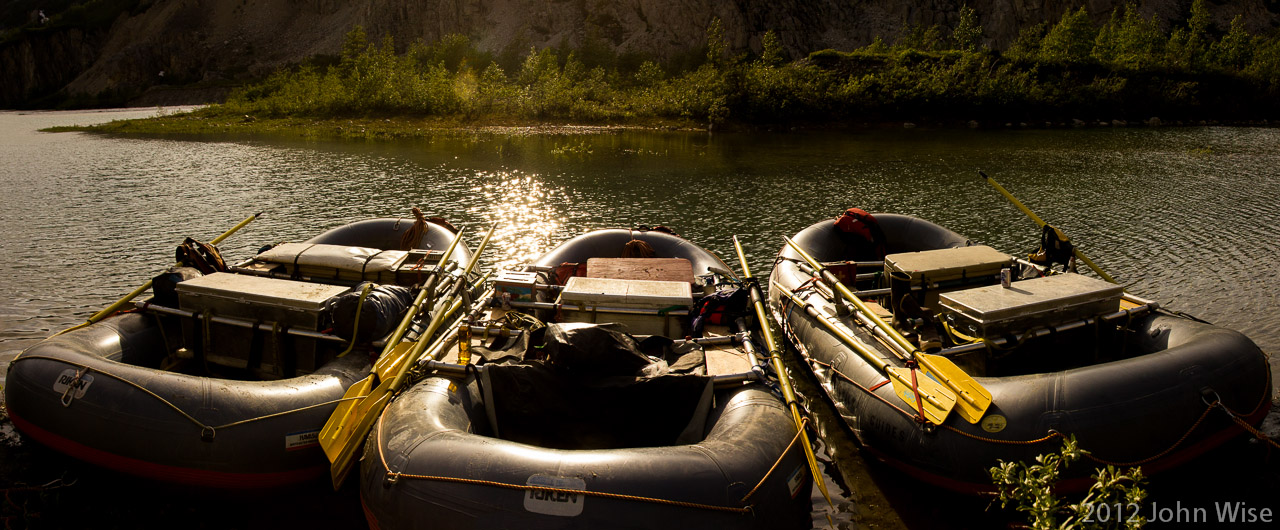
We were almost tricked into thinking we were having a sunset this early evening. With the sun reflecting off the golden mountains behind us, a warm sunset light was cast down upon us. Caroline learned a new trick today: one of the straps on a dry bag I carry for storing a camera broke. Bruce explained to her how to fix it when on a river – you need floss. Like all good boatmen, these folks travel with emergency supplies to fix just about anything that might break while on a river trip; a needle was found in a quick minute. Now armed, Caroline got to work reattaching the strap of my dry bag and fixing it, to our delight. Dinner was lasagna, the entertainment was a blazing fire, and dreams played second fiddle to the extraordinary view of nature we have been experiencing.
